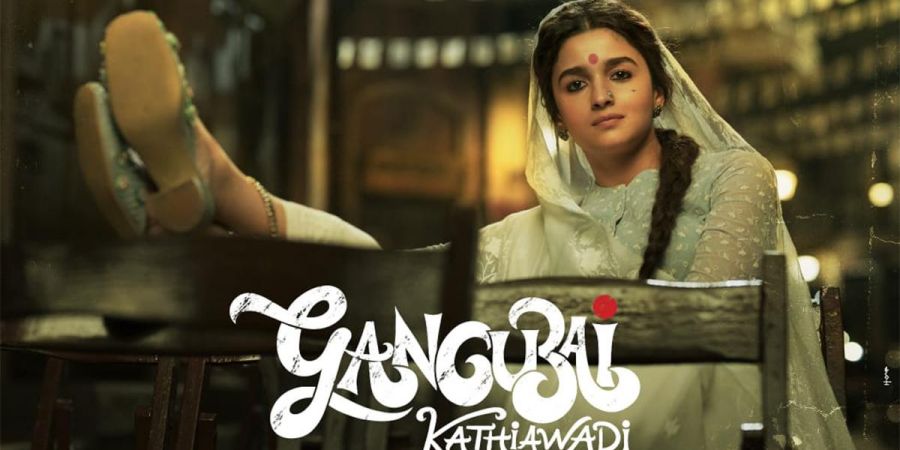

Review : A woman standing charmingly at the front door of Kota (a brothel) on the busy backstreets of Kamathipura, the infamous red-light district of southern Mumbai, is a realistic, tragic and dramatic scene. Against the backdrop of this gloomy Mumbai, the movie "Ganbai Katya Wadi" directed by San Gailly Rabansari tells the story of many young women sold to hundreds of brothels through the eyes of the main character, Ganbai (Alia Baht). I'm talking.
At some point in the early 1950s or 1960s, the blue-eyed and naive Ganges promised to flee, tricked by her own lover Ramnick (Varn Kapoor), to pave the way for becoming a heroine in Boliwood. .. After all, and the truth is, as we all know, Ganga (who renames himself Gang, and eventually Gambai) is the heroine of Kamashipra instead of her. Over the years, Kamashipra will be her home, the girl in the brothel will be her family, and everything in Kamashipra will be her territory. But her journey is full of challenges, enemies, and social stigma that draws fighters within her.
The beauty of this movie is that it shows how Gang's personality changes at different stages of her life. The story takes time to build and is even slower in the process, but it must be influenced through intense dialogue and powerful moments.
Alia Bhatt's show playing the role of her boss in a world full of brothels and lecherous men. It may take some time to get used to the idea that Aria plays her role, but especially see her cooking interact with her greatest self-confidence, boldness, and killer instinct. And you will eventually deepen your bond with her.
Ajay Devgn has a definite impact on his short role as Rahim Lara. The rest of the support casts like Cima Pawa, Vijay Lars and Jim Sarbh are great, but there's not much room to shine. Shantanu Maheshwari as Gang's love interest gives a good performance, and the bittersweet moment between him and Gang is one of the more memorable parts of the film.
Bansari moves his story along a line similar to a book, as each challenge and episode moves like a chapter. There's a lot in the movie about Gang's transformation into an activist for women in Kamashipra, a connection with the underside of the city, and her political aspirations-we still have her rest of life and which one it is. I would like to know more about how it was developed. Bansari's signature style has some beautifully crafted and tragic moments with a sophisticated flair, but the story doesn't delve into any aspect of Gang's life. The production value is top notch. Each song is beautifully colorfully rendered, even though the gang stands in the center like a pure white vision. But with the exception of Dholida, every song.


